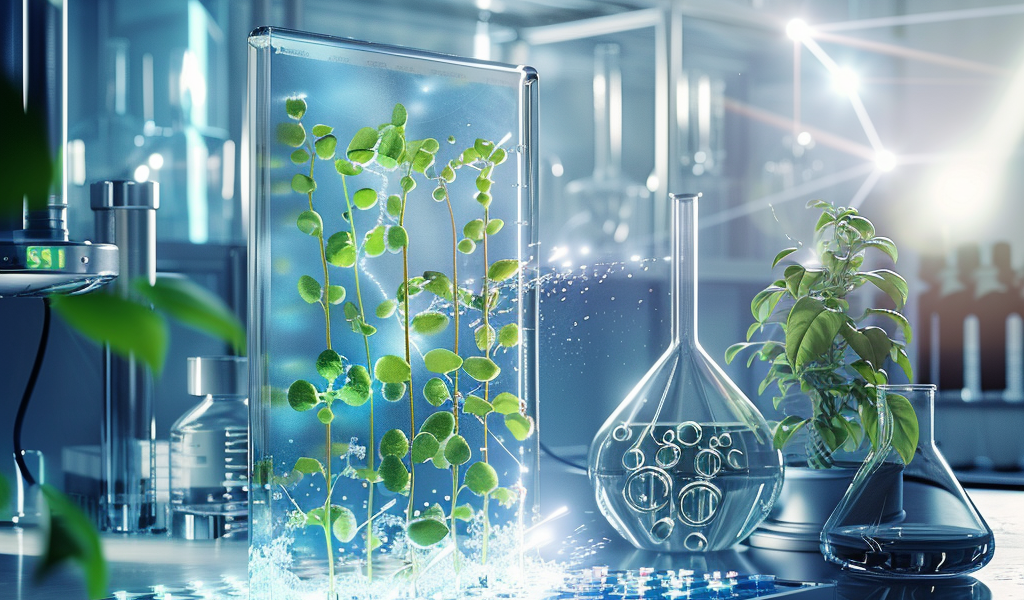University of Michigan Develops Innovative Artificial Photosynthesis System for Sustainable Ethylene Production
In a groundbreaking advancement towards sustainable energy solutions, researchers at the University of Michigan have developed an innovative artificial photosynthesis system capable of efficiently chaining carbon atoms together to produce ethylene. This significant progress could pave the way for reusing carbon dioxide (CO2) to create sustainable fuels, particularly in the production of plastics.
Ethylene, a vital hydrocarbon, is predominantly used in the manufacturing of various plastics and is currently produced through traditional methods involving oil and gas, which contribute to CO2 emissions. The newly developed system demonstrates remarkable efficiency, yield, and longevity that surpasses existing artificial photosynthesis technologies.
According to Zetian Mi, a professor of electrical and computer engineering at the University of Michigan and the lead author of the research published in Nature Synthesis, the performance of their artificial photosynthesis setup is approximately five to six times more effective than conventional solar energy or light-driven methods for reducing carbon dioxide to ethylene. This advancement represents a significant leap forward in the quest for sustainable fuel alternatives.
Yuyang Pan, a PhD student in electrical and computer engineering and coauthor of the study, highlighted the importance of ethylene, stating, “Ethylene is actually the most produced organic compound in the world. But it is typically produced with oil and gas, under high temperatures and pressures, all of which emits CO2.” This new method not only offers a more sustainable production route but also addresses the pressing issue of CO2 emissions associated with traditional ethylene production.
The long-term vision of this research is to develop a system capable of stringing together longer chains of carbon and hydrogen atoms, ultimately producing liquid fuels that are easier to transport. One of the primary challenges the researchers face is the complete removal of oxygen from the CO2 source while simultaneously utilizing water (H2O) as the hydrogen source.
The innovative device harnesses light through a combination of two types of semiconductors: a dense array of gallium nitride nanowires, each measuring just 50 nanometers in width, and a silicon base on which these nanowires are constructed. The critical chemical reaction that transforms water and carbon dioxide into ethylene occurs on copper clusters, each containing approximately 30 atoms, that are strategically positioned on the nanowires.
During the process, the nanowires are submerged in water that is enriched with carbon dioxide and exposed to sunlight equivalent to that of a bright noon. The energy captured from the light excites electrons, which facilitates the splitting of water molecules near the surface of the gallium nitride nanowires. This reaction not only generates hydrogen, which is essential for the ethylene production but also produces oxygen that is absorbed by the gallium nitride to form gallium nitride oxide.
This research represents a significant milestone in the pursuit of sustainable energy solutions and highlights the potential of artificial photosynthesis as a viable method for reducing greenhouse gas emissions while producing valuable hydrocarbons. As the technology continues to evolve, it may offer a pathway to a more sustainable future by transforming CO2 from a waste product into a resource for essential materials.
The implications of this research extend beyond just ethylene production. By refining the artificial photosynthesis process, researchers hope to unlock the potential for creating a wide array of hydrocarbons, which could revolutionize the way we think about energy production and consumption in a world increasingly focused on sustainability.





